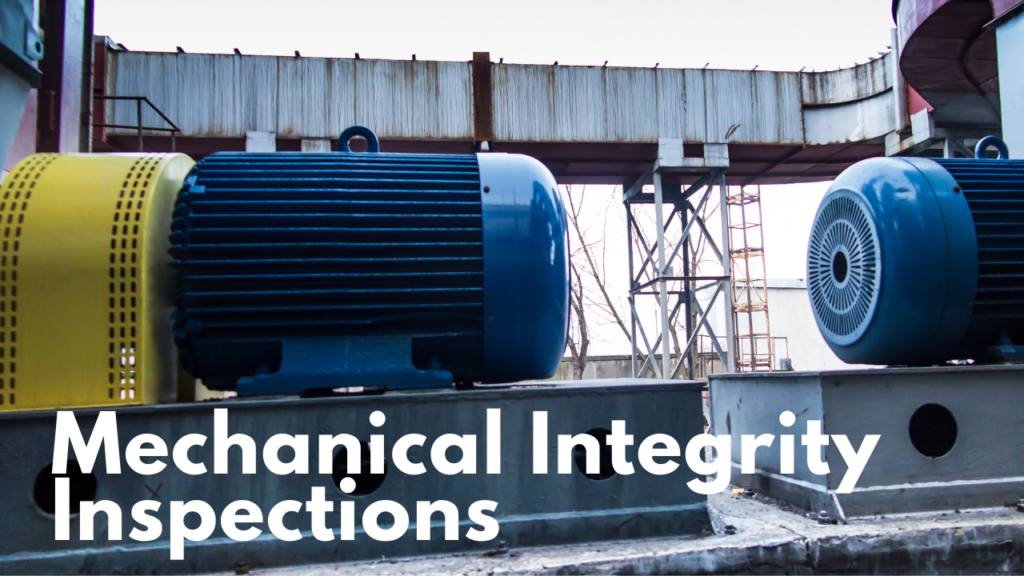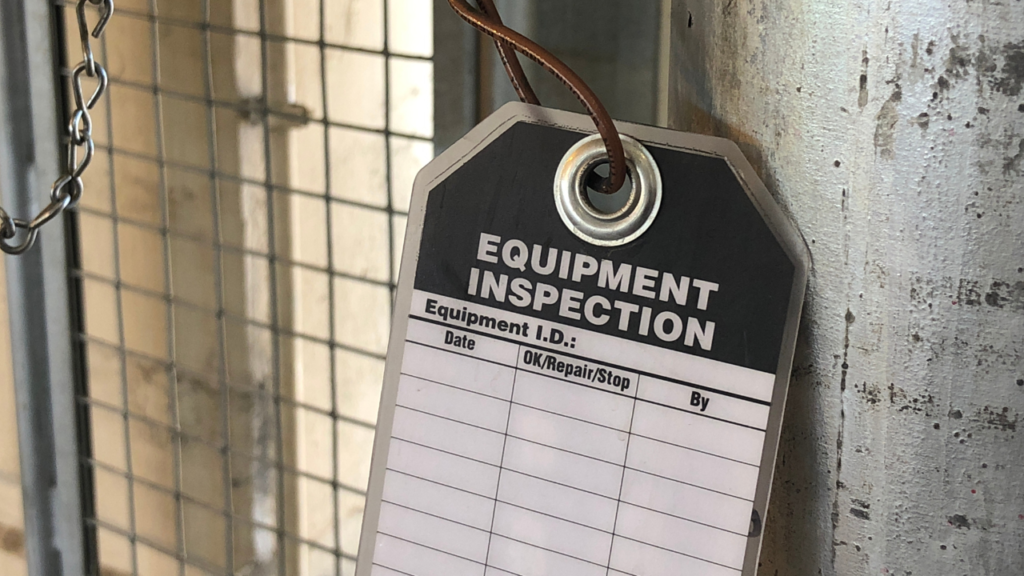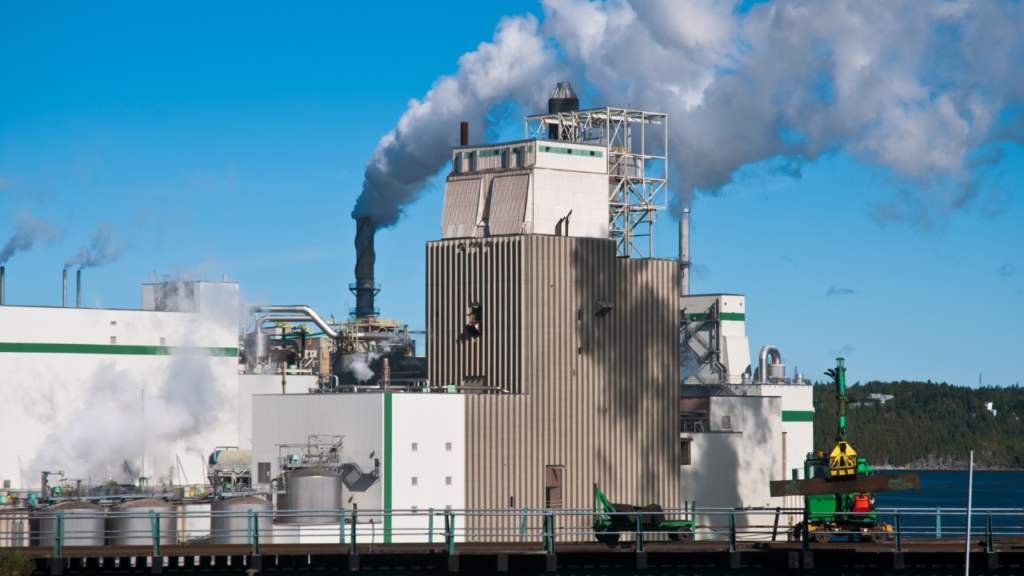
Build your Reliability and Maintenance Strategy
Build your Reliability and Maintenance Strategy Owe Forsberg, Vice President IDCON INC. Imagine you are the Engineering and Maintenance Manager at a new manufacturing facility.
[webinar] Embracing Digital Transformation in Maintenance & Plant Operations | March 13 at 10AM EST – Register Now

Build your Reliability and Maintenance Strategy Owe Forsberg, Vice President IDCON INC. Imagine you are the Engineering and Maintenance Manager at a new manufacturing facility.

For many organizations, these inspections are something they have to do to meet regulations. And, that’s important – those regulations are there to help provide a workplace that is safe for workers, the environment and the surrounding community. But, some companies are able to leverage those inspections to gain new insights into their operations and build additional efficiencies.

Nowadays most everyone has a powerful computer in their pocket, their phone. Many of us are using them in maintaining our plants. Whether you are neutral or a devotee of the iPhone or Android devices, I think it’s safe to say we have only just scratched the surface of possibilities for using our smartphones to maintain our plants. Just think about how good it is to always have a great camera in your pocket with pictures viewable instantly. Does anybody remember the hassle of film? Waiting days to find out if an image was captured and how well it looked.

Equipment inspections is key to keeping your production running but many plants don’t tap into all the resources available. IDCON Reliability and Maintenance Management Consultant, Michael Lippig has a simple decision chart that will help you decide what tasks can be done by what roles.

This is a summary of a part of a presentation by Christer Idhammar, president of IDCON, INC. Raleigh NC, during the 15th annual Pulp & Paper Reliability and Maintenance Conference and Exhibit in Atlanta 5-8 November 2001.

The competitiveness of the U.S. economy depends on changes inside firms, particularly their willingness to take risks in reshaping four key relationships. Competitiveness, it turns out, depends on new kinds of collaboration.

Yes, I think that most maintenance organizations are overstaffed, not necessary with their own staff, but they use more total maintenance hours than necessary. Total maintenance hours include your own internal hours, overtime hours, and contractor hours. As an example a newsprint mill or a linerboard mill making 600,000 tons recycled paper per year on two machines is very good at less than 0.3 total maintenance hours per ton while most operations we have been working with are using about 0.5 total maintenance hours per ton.

Leadership is vital to the success of all companies. It is a journey that requires reference points to ensure leaders remain on course and continue to grow. Almost all companies need more deliberate and focused leadership development. They need leaders who inspire people to follow. This is especially true when implementing successful work processes. This article describes the needed steps, as well as the roles and responsibilities required, for implementing successful work processes and a leadership structure.

I wrote this column for those who want to improve equipment reliability but feel as if they are stuck in “budget jail”. Assuming your fiscal year starts January 1, November and December is the time to plan your jailbreak! Most of you understand what I mean by budget jail. In fact, you are probably in the process of trying to pick the lock. For those who don’t know what I mean, I’ve listed some signs of what a budget jail look likes…
Do you want to get weekly tips & tricks?
"*" indicates required fields


Elizabeth Ruiz is the editor and site administrator for MaintenanceWorld.com.
She is responsible for reviewing submitted content for the site and ensuring that it provides value to the readers of the site.
Copyright © 2010-2024 Maintenance World. All rights reserved.

Click here to join the Maintenance and Reliability Information Exchange, where readers and authors share articles, opinions, and more.
"*" indicates required fields
delivered straight to your inbox
"*" indicates required fields